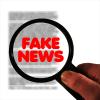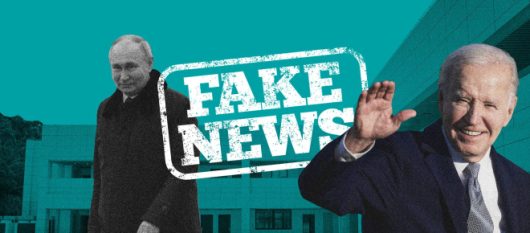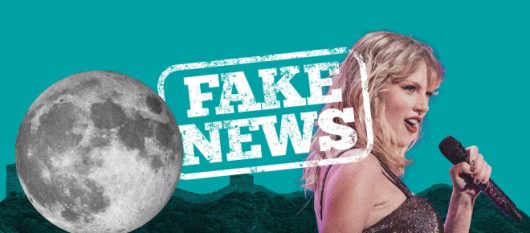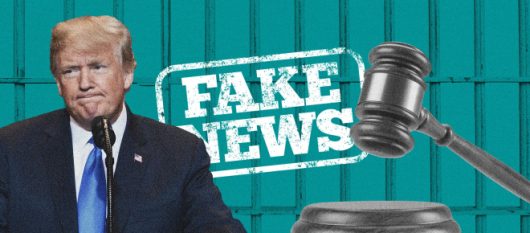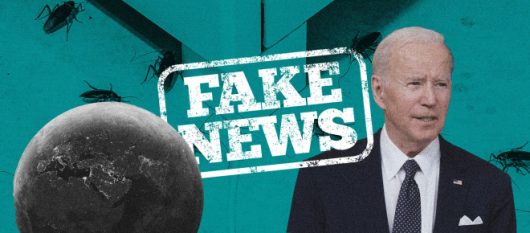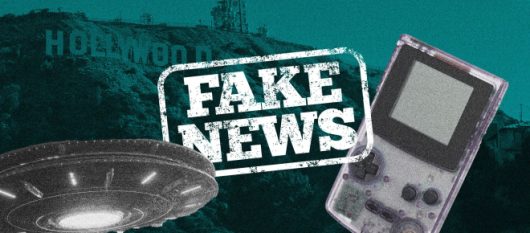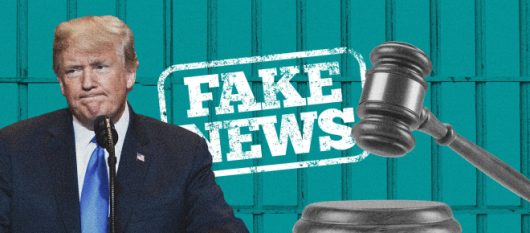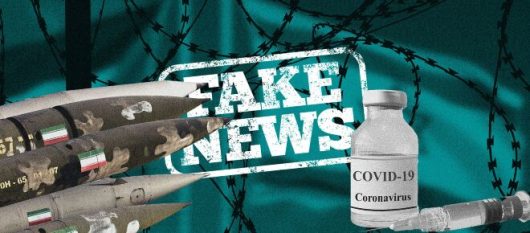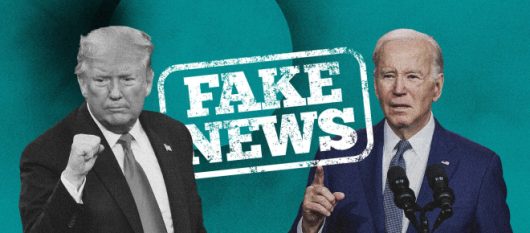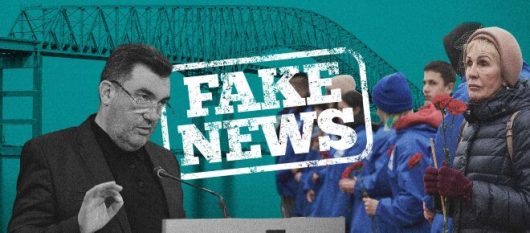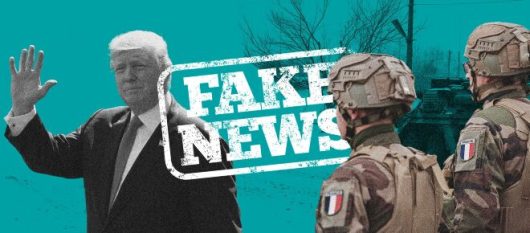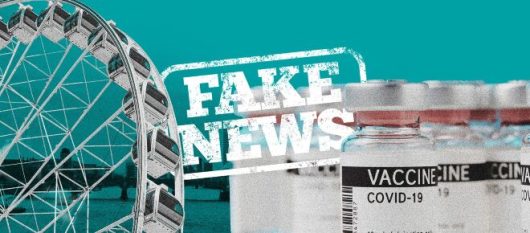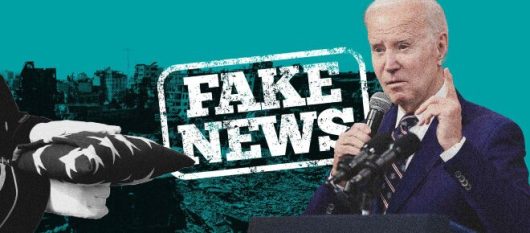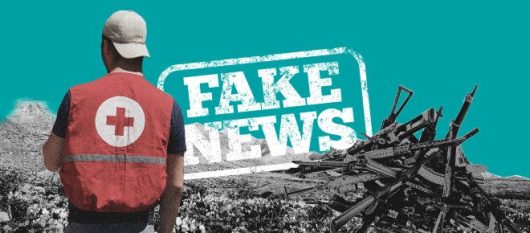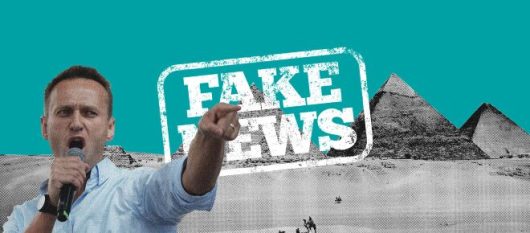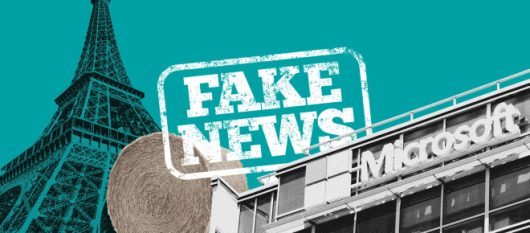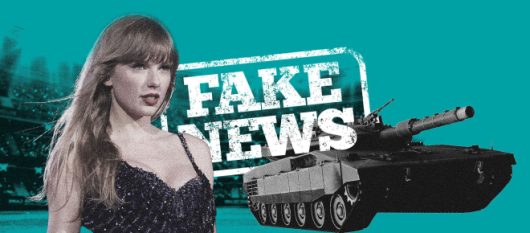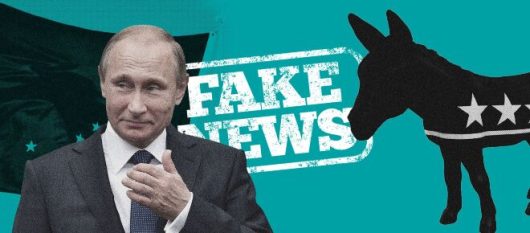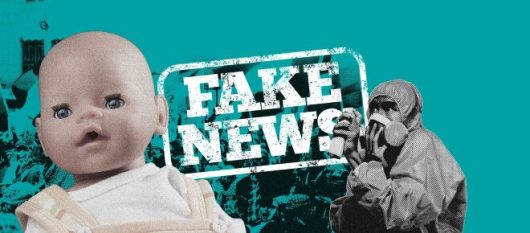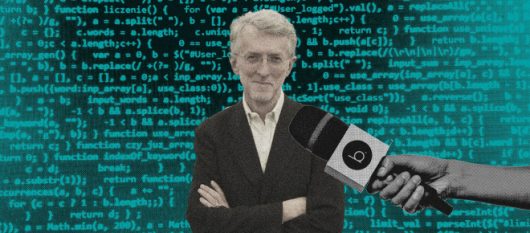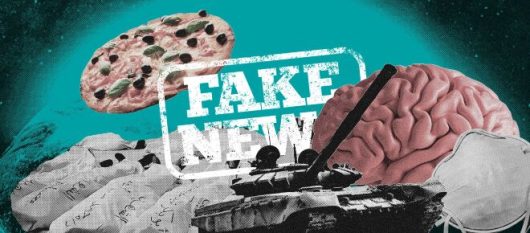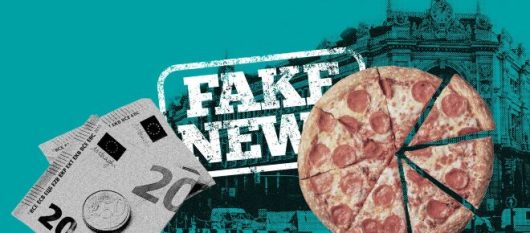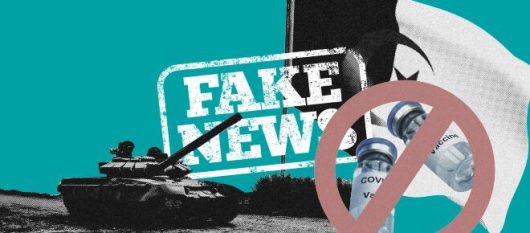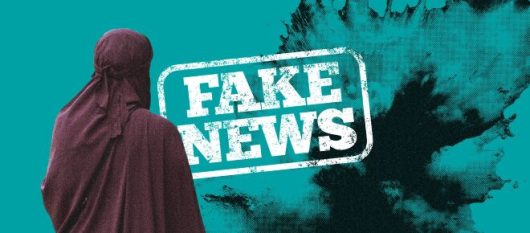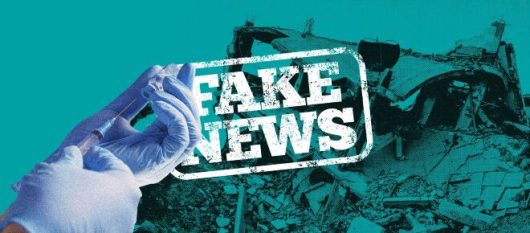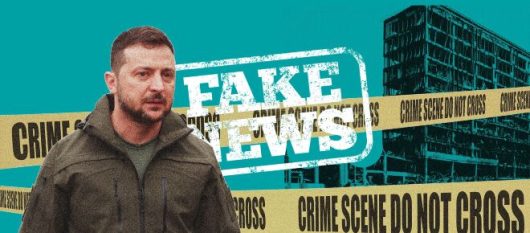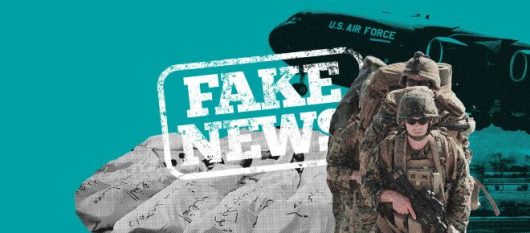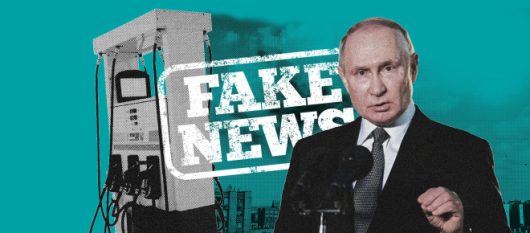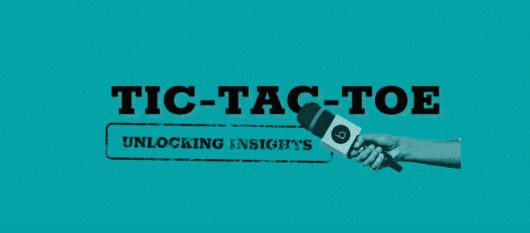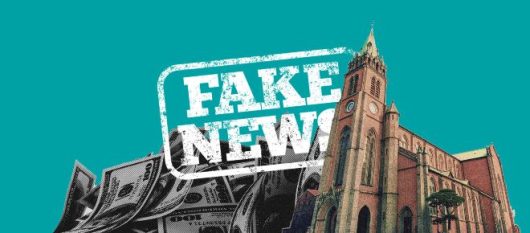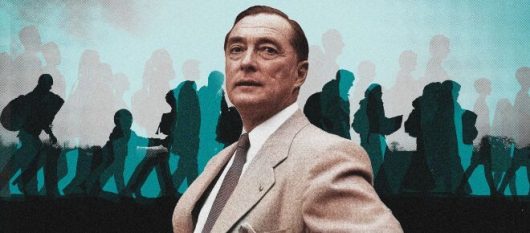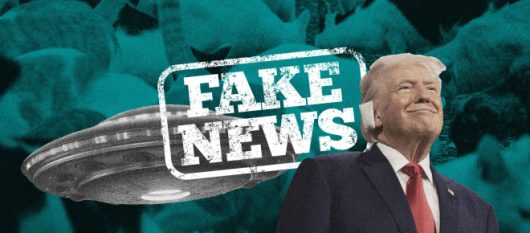
Fake News
Don't be fooled by the distorted information making the rounds on the web. Follow the Fake News channel to stay on top of all the content produced by the Blasting News Fact Check team.
Created in June 2020 to research new ways to fight online disinformation, Blasting News Fact Check publishes a weekly roundup of the main fake news stories circulating on social media around the world, as well as analyses and interviews with experts. Our aim is to help build a more informed and empowered society in which people can make decisions based on verifiable facts.
Our followers are encouraged to send in questions or claims for fact-checking via our dedicated email address: factcheck@blastingnews.com or through our X channel: @BNFactCheck.
1.Is fake news born on the internet?
Fake news has existed since humans began communicating. However, technology has increased the rate at which it spreads and the number of people it reaches: the 2016 U.S. presidential election clearly showed how the disinformation campaigns on social media led by Russia and its president, Vladimir Putin, managed to influence thousands of votes and potentially alter the results.
2.Why is fake news often described as a virus?
Fake news is often compared to a virus because of the undetected and silent way it spreads. Like a virus, fake news can have a devastating impact on a community in a relatively short time. Social networks and messaging apps have made their spread even faster.
3.What is the infodemic and how is linked with fake news?
Infodemic is a neologism that combines information and epidemic to describe an extreme abundance of information – both reliable and unreliable – that makes it almost impossible to distinguish true from false. The risk of an infodemic is very high in times of crisis such as what we are going through with coronavirus. Often the misinformation spread on social media and websites is more dangerous than the pandemic itself. The World Health Organization (WHO) has already issued several warnings about the risks associated with the infodemic caused by the coronavirus pandemic, while the MIT Technology Review noticed that coronavirus is “the first true social-media ‘infodemic.’” In a 2003 article published by the Washington Post with the headline “When the Buzz Bites Back,” David J. Rothkopf had defined the infodemic as follows: “A few facts, mixed with fear, speculation, and rumor, amplified and relayed swiftly worldwide by modern information technologies, have affected national and international economies, politics and even security in ways that are utterly disproportionate with the root realities.”
4.Can we fight fake news?
Even if there is no single approach or one way to stop the spread of fake news and conspiracy theories, making sure citizens are informed of the risks and aware of the importance of the sources of their media diet are a good start. The goal of this channel is therefore to increase readers' awareness of the huge spread of fake and unverified news and to try to improve the debate around one of the most important topics for the future of Western democracies.
5.What is fact-checking?
Fact-checking means verifying that the information written in an article or spoken by a politician or public figure is based on facts and refers to credible sources. Fact-checking is done by debunkers and it is essential to defend democracy and the quality of information.
6.Do the governments spread fake news?
Some governments, especially Russia’s, have been regularly spreading fake news for years, with the aim of dividing communities and fueling riots. We saw this during the 2016 U.S. presidential election that brought Donald Trump to office; they interfered during the European election and are doing so now during the coronavirus pandemic. Recently, the Chinese government has also exhibited the same behavior: the official Twitter account of the Chinese foreign ministry has published fake news about the coronavirus, claiming that it was created in a laboratory by the United States, although there is no evidence to support this claim.
Who follows the Fake News channel?
